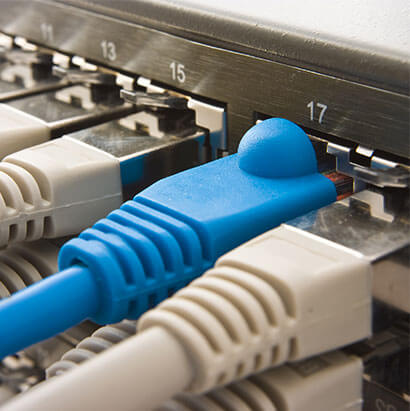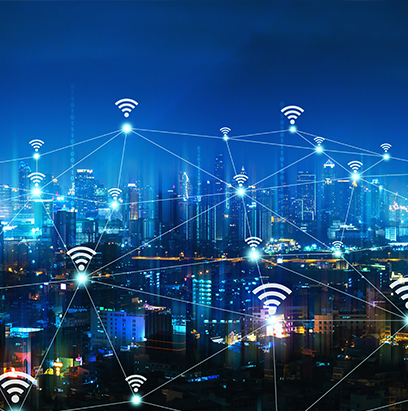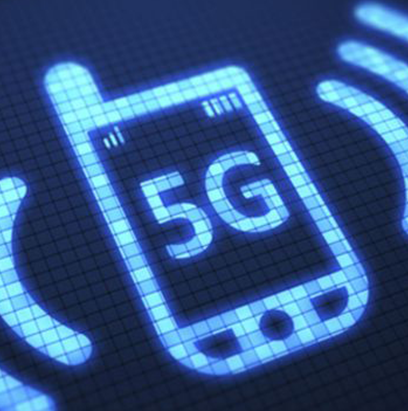WiFi is no longer just a free perk. It’s a source of strategic intelligence.
Place yourself in the shoes of a store owner. What would concern them the most? It is no doubt a long list, but near the top would be the question: how many customers could I expect today? Answering this is critical, as it determines everything from operational hours to stock purchases to running promotions. If a store owner can anticipate a flood of housewives between 10 and 12 in the morning to pass their store, the business can take much more effective and surgical action to attract their attention.
But we might as well talk about fairy dust and unicorns, right? If businesses were able to predict consumer behaviour so accurately, a lot more of them would still be around. Yet there is a twist to this tale, and from an unlikely source: the WiFi network.
Let’s be frank: free WiFi at businesses has not delivered. Even though customers enjoy the free access, they as quickly complain about slow speeds or iffy availability. This places even more pressure on the business – what seemed like a value-add hooked to the main broadband line is now an operational demand of rather lofty technical requirements, at least as far as the business is concerned. Other than a lure to entice shoppers, where is the benefit? Through modern WiFi analytics, it is that very unicorn: real business intelligence about consumers.
“The driver for offering WiFi has changed,” says Jaco Venter, Head of Sales at Infoprotect SA. “In the past, a business would offer free WiFi because that’s just what they felt they needed to do to retain the customer for longer. The change now is that a business can offer WiFi as an incentive in exchange for helpful information from the customer; sign-up details, their interests, where they sat and how long they stood at the counter before being served.”
Such intelligence is key to developing more effective strategies for businesses, made possible with modern analytics capabilities in the WiFi arena. In particular, management software is profoundly different, enabling much more granular views on a wider family of metrics. One example is a major mall in Finland, which uses WiFi analytics to both boost their tenants as well as well as a tool to negotiate rental rates. After all, if you can prove where and when which demographics will pass a store, that is something businesses appreciate.
“WiFi analytics have been adopted greatly in the majority of first world countries. This is a service only recently introduced in the local market and the use of analytics enables businesses to understand their customers’ behaviour, as well as ensuring customer retention by marketing directly to customers based on spending habits and patterns. Analytics allows a business to understand which retail space is being wasted. Without analytics a retailer won’t be able to identify which areas in their stores are visited by customers.”
Modern WiFi analytics also create opportunities for businesses to deliver services that bring their customers closer. The Levi’s Stadium in the United States has a personal app that guides visitors to their parking and seats, leads them to facilities and lets them order consumables straight from their device. It also serves match replays directly from the stadium’s servers. Even a bad game becomes a good experience under those circumstances.
“This supports the business in making their customer experience better with higher levels of personalisation,” says Venter. “Businesses are able to engage directly with the people they serve over WiFi as well, so the business is incentivised to make the ‘exchange’ more effective through better performance.”
This proposition does come with a catch: legacy WiFi is not capable of delivering on these promises, since most are not designed to interact with the APIs that link to modern management applications. That being said, such modern implementations can scale, so deployment can start small and be expanded as the business requires it.
WiFi has a history of promises it couldn’t quite deliver on and it’s fair to say the market is a bit soured by the technology. But modern WiFi solutions operate on an entirely different level. It’s no longer just about giving a customer free data so they can whittle at Facebook while waiting for something. Businesses can engage their customers on a much deeper level, and harvest insights that feed directly into strategy. Unicorns and fairy dust are still myths, but predicting customer behaviour is a reality just a WiFi network away…
For more info on this topic, click here.
This article was originally published on IT Web.
– Jaco Venter, Head of Sales, Infoprotect.



















